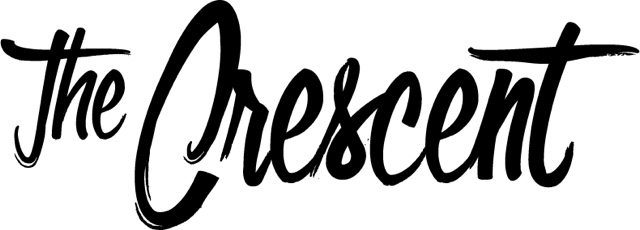“The Hijabis” Brings an Interfaith Dialogue to Campus
By: Olivia Aragon
This year George Fox University’s (GFU) theatre program is putting on the play “The Hijabis.” This play is about the lives of Muslim American women—a strange choice for the GFU theatre department as a part of a Christian school with few Muslim students.
Genevieve Fowler, the director of “The Hijabis,” describes the play as “the story of three women who are very familiar to us and are living a very American life. They're going through love, loss, big life changes and also have a unique experience of being women who wear a hijab and all that entails—living with that choice and presenting and living your faith in America."
This spring play is part of a collaboration with the Big Bridge Theatre Consortium, whose primary goals are to bring peace and interfaith dialogue on college campuses. “The Hijabis” will be the second play in a series of three that GFU will be hosting on Abrahamic Religions.
In an effort to do this play justice and authenticity, the GFU theatre department consulted three hijabi women during rehearsals to provide input on cultural practices and experiences and offer feedback on the performances of the cast. Noah Benson, a cast member for the spring play, explained that an important cultural practice for his character in the show is that, as an engaged man, he is not allowed to touch his fiancee.
Although this play will be telling a story from the perspective of those who follow a different religion than many of the students of GFU, this does not mean that those in the community will not be able to relate to it. As Fowler explained, “This play is rooted in universal experience, so you’re going to feel really familiar storylines that express the challenge of different stages of love … searching for love, being in a long term relationship, just about to get married, and all the drama that ensues with our families and our friends during those times.”
Likewise, Benson said “I think it’s a story that needs to be heard. It’s going to be jarring for some, but it’s also a beautiful story and it really humanizes people in our community and there’s not much else we could ask for in storytelling.”
Photo courtesy: GFU Theater Department

